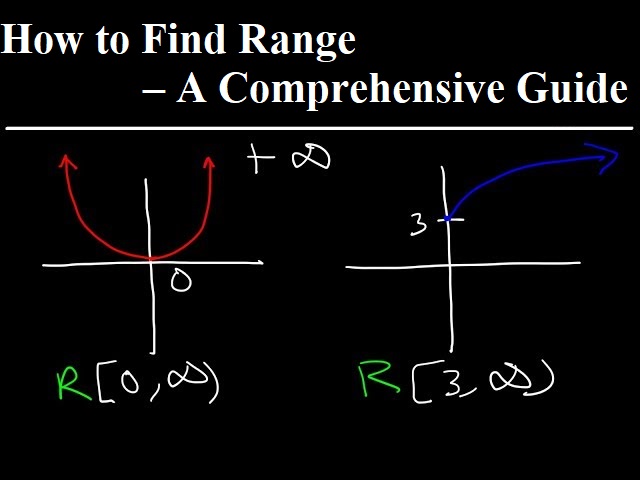To find the range of a data set, follow these steps:
- Order the data set from lowest to highest. This helps in identifying the lowest and highest values easily.
- Identify the lowest value (L) and the highest value (H)** in the data set.
- Subtract the lowest value from the highest value. This gives you the range (R).
The formula to calculate the range is:
𝑅 = 𝐻 − 𝐿
Example
Suppose you have the following data set:
Age 37 19 31 29 21 26 33 36
Order the data set:
Age 19 21 26 29 31 33 36 37
Identify the lowest value (L): 19
Identify the highest value (H): 37
Calculate the range:
𝑅 = 37 – 19 = 18
Therefore, the range of the data set is 18 years
How can the Range be Complemented with Other Measures
The range has several limitations as a measure of variability, so it is best used in conjunction with other statistical measures to provide a more comprehensive understanding of a data set. The range is a useful starting point, but should be used in conjunction with other measures like the IQR, variance, standard deviation, skewness, and kurtosis to provide a complete picture of the data’s variability and distribution. By complementing the range with other statistical measures, you can gain a more comprehensive understanding of the variability, distribution, and characteristics of your data set. This allows for more informed analysis and decision-making.
The Limitations of using the Range as a Measure of Variability
While the range is a simple and straightforward measure of variability, it has significant limitations. It is sensitive to outliers, does not capture information about the data distribution, and is influenced by sample size. For a more comprehensive understanding of data variability, the range should be supplemented with other measures such as the interquartile range, variance, or standard deviation.
The key limitations of using the range as a measure of variability are:
-
Sensitivity to Outliers
The range is highly sensitive to outliers, as a single extreme value can significantly increase the range and skew the measure of variability. This makes the range less robust compared to other measures like the interquartile range (IQR).
-
Lack of Information about Data Distribution
The range only considers the highest and lowest values, and does not provide any information about the shape or distribution of the data within that range. Two datasets could have the same range but very different underlying distributions.
-
Dependence on Sample Size
As the sample size increases, the range tends to increase as well, even if the underlying population variability remains the same. This makes it difficult to compare ranges across datasets with different sample sizes.
-
Limited Interpretation
The range only tells you the spread between the highest and lowest values, but does not provide insight into the central tendency or dispersion of the majority of the data points. It is best used in conjunction with other measures of variability.




